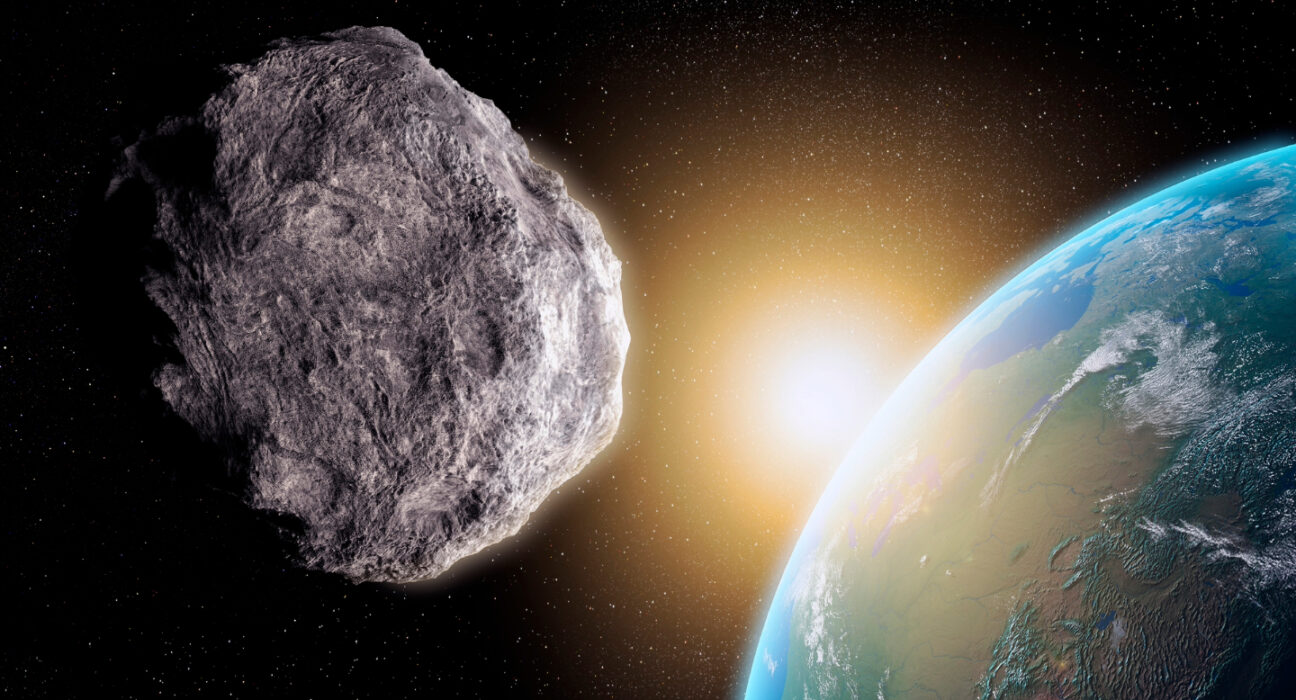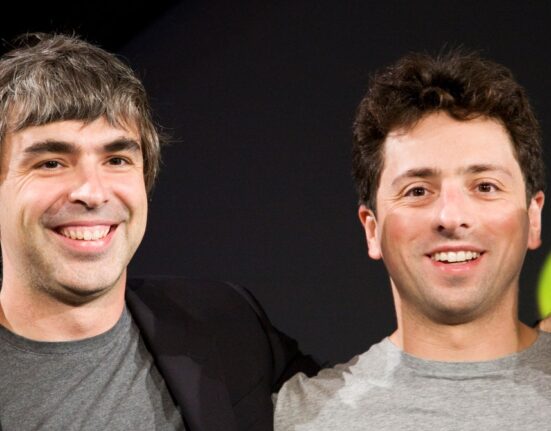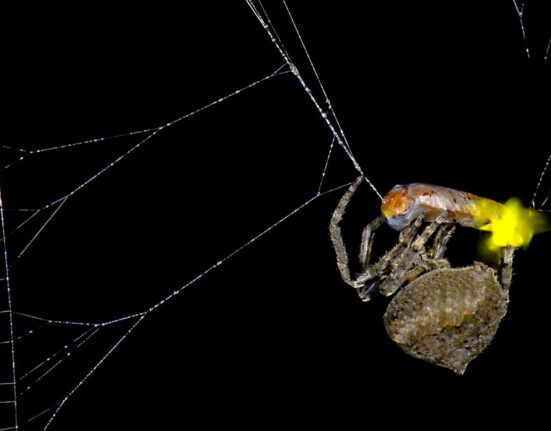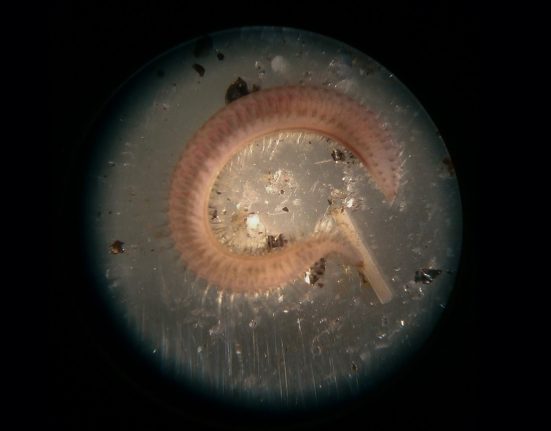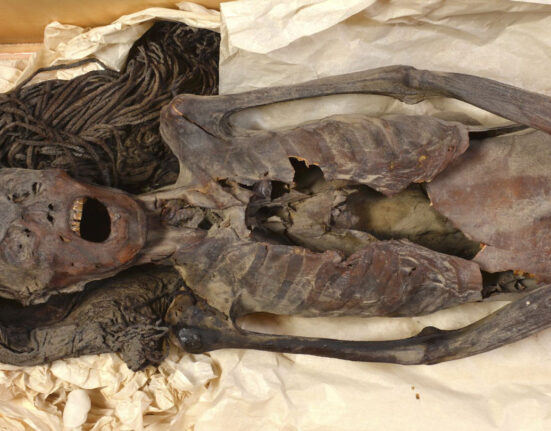Extreme Climate Survey
Science News is collecting reader questions about how to navigate our planet’s changing climate.
What do you want to know about extreme heat and how it can lead to extreme weather events?
“There’s only one method that has been proposed that has enough energy to deflect the most threatening asteroids, the largest asteroids, or in some cases even smaller asteroids where warning time is short,” maybe as short as a year or less, says physicist Nathan Moore of Sandia National Laboratories in Albuquerque. “The consensus in the planetary defense community is that X-rays from a nuclear device would be the only option in those scenarios.”
Such blasts would, in theory, occur at safe distances from Earth.
Two years ago, NASA intentionally crashed a spacecraft into asteroid Dimorphos, altering the space rock’s orbit around another, larger asteroid (SN: 9/26/22; SN: 10/11/22). It was a watershed moment for the planetary defense community. But such impacts work only if the asteroid is small and there’s enough time to change its trajectory, Moore says. So he and colleagues set out to test the deflective oomph of X-rays.
The experiment began in a vacuum chamber that held a blueberry-sized mock asteroid made of quartz — a mineral composed of the common asteroid component silica. Using the world’s most powerful X-ray generator, the team blasted the chamber for 6.6 nanoseconds. The pulse vaporized the foil supports suspending the quartz, releasing the mineral into a free fall. It also heated and vaporized the falling mineral’s surface, generating a gas plume.
The expanding plume pushed on the quartz like a rocket’s exhaust, Moore says, propelling the mineral away from the X-ray source at roughly 250 kilometers per hour. Tests with fused silica produced similar results.
Evaluating the scheme’s viability for planetary defense required incorporating the experimental results into computer simulations. X-rays from a nuclear blast a couple kilometers away could deflect an asteroid of similar composition that’s up to 4 kilometers wide, the team found.
The researchers hope to conduct similar experiments with iron and other asteroid constituents. “Asteroids come in many flavors, made of different kinds of minerals,” he says. “This is just a starting point.”
Source link



